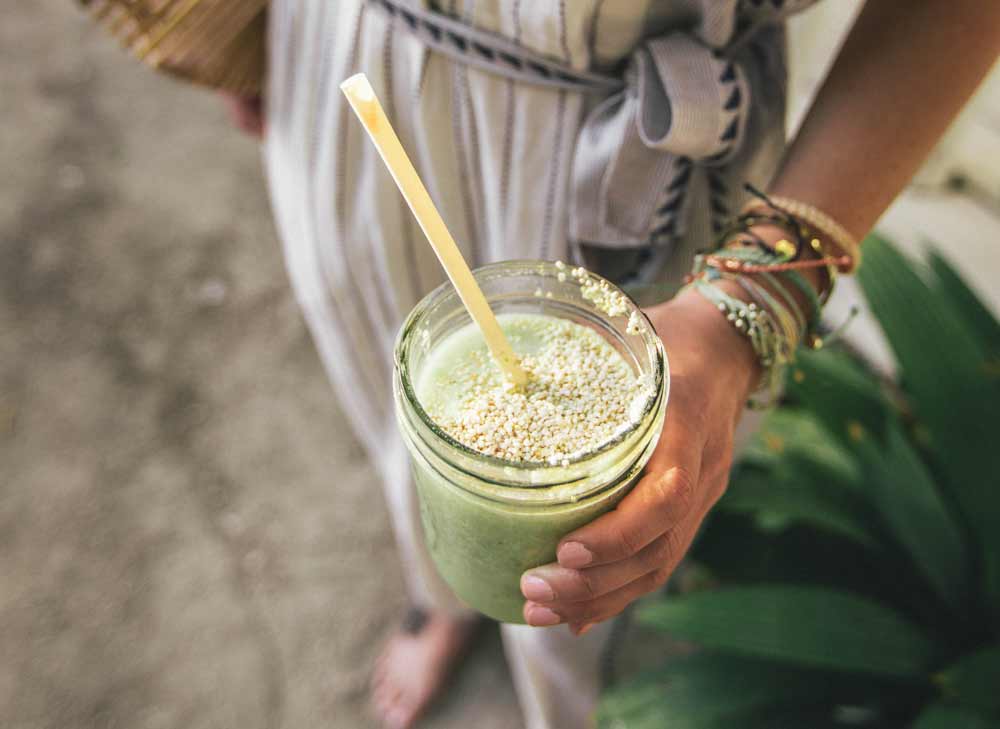And it seems like I'm not the only one. With more savings under their belt, easing COVID-19 restrictions, and a thirst for new experiences, Britons are 'revenge spending' and 'revenge travelling', and this is said to be shaping the 2022 holiday landscape.
Revenge spending = over-financing FOMO
The concept of revenge travel has its origins way back in the 1980s and is a take on “revenge spending”. When China’s economy saw an uprise after decades of economic paralysis, people flooded the market with their enormous spending on luxury goods.
Today, we’re seeing a resurrection of the concept as a response to the previous restrictions of the pandemic. With everyday life almost restored, people are finding themselves swept up in the post-lockdown impulse to spend their money.
“It’s a phenomenon that’s really about to erupt as we exit all restrictions and have the ability to spend the money we’ve been saving since 2020. The pandemic has affected everyone in different ways, and some people may feel that their spending is justified,” says Jonny Sabinsky, head of communications at thinkmoney.
According to YouGov, one in three Britons have bolstered their savings since the pandemic began, amounting to an average of £4,500. But what are they most willing to splash out on?
Revenge travel in 2022
It turns out that the itch for travel is huge. A GlobalData Poll found that 28% of 210 respondents have dedicated a holiday budget that’s either ‘a lot’ or ‘slightly’ higher than before COVID-19.
Making the most of 2022, sunbathing in the blazing sun in designer bikinis and soaking in the far-away culture of a dream destination is shaping the revenge travel landscape both in the UK and globally.
"As we've all been isolated for so long [...] everyone is desperate to meet other people and have new experiences," said Lee Thompson, founder and owner of London-based travel firm Flash Pack.
The firm reported seeing a “massive surge in bookings” in recent months. Even the higher prices of plane tickets due to sanctions against Russian oil exports won’t hold travellers back from satiating their thirst for new experiences.
Flash Pack isn’t the only travel agent that has noted an increase in bookings for the 2022 holiday season. Lorne Blyth, founder of Edinburgh-based travel firm Flavours Holidays, reported that her company’s bookings for 2022 are already reaching 2019 levels and that their customers aren’t concerned about the rising flight prices.
Top destinations: the year of bucket list trips and firm favourites
Intriguingly, travel bookers are showcasing a keen interest in extravagant, long-haul getaways for summer 2022. The accumulation of savings funds, a longing for a sky-high holiday, and an over-financing FOMO are all feeding into travellers’ destination choices.
“People are booking real ‘bucket list’ trips. They are splashing out on once-in-a-lifetime trips to long-haul destinations. This is ‘revenge travel’,” said Ben Casey, founder of Out of This World Travel in Solihull. His travel company has already received double the enquiries and bookings in the first period of 2022 compared with the previous year.
The US is one of the top destinations for holiday bookers in 2022. In fact, 18.1% of Britons are planning on visiting the country in 2022 as of August 2021, according to the Association of British Travel Agents (ABTA). New York and Florida are amongst the most popular destinations. Google search interest for “New York” in the UK has increased from an interest score of 44 during April 11–17 2021 to 98 during March 27–April 2 2022. Similarly, Google search interest for “Florida” has increased from an interest score of 67 to 97 during the same time period. They're both currently on the rise.
Other long-haul destinations that offer travellers the holiday of their lifetime, as well as a chance to reconnect with family and friends abroad, include Australia (5.1%) and Canada (4.5%).
Ben Casey has also noticed increased bookings in more exotic destinations, such as Mauritius and the Maldives, which are great honeymoon spots.
“We had one person book a trip to climb Mount Everest; someone else is off to Borneo to see the orangutans, and we have had bookings for Japan, inspired by Joanna Lumley’s recent TV shows showing her touring the country,” commented Ben.
Alongside ‘bucket list’ destinations, holidaymakers are also booking firm favourites close to home. Spain, for example, is leading the way, with 29.3% of respondents claiming they plan to visit it in 2022. France (17.8%), Italy (16.4%), and Greece (10.1%) also make the top five, promising immersion into rich European culture, blazing sun, and beautiful cuisine.
Jetting off to a far-away destination seems more possible in 2022 than ever before. A long-haul getaway feels like the perfect way to make up for the quieter holiday season in the last few years, and Britons are determined to make the most of it.














